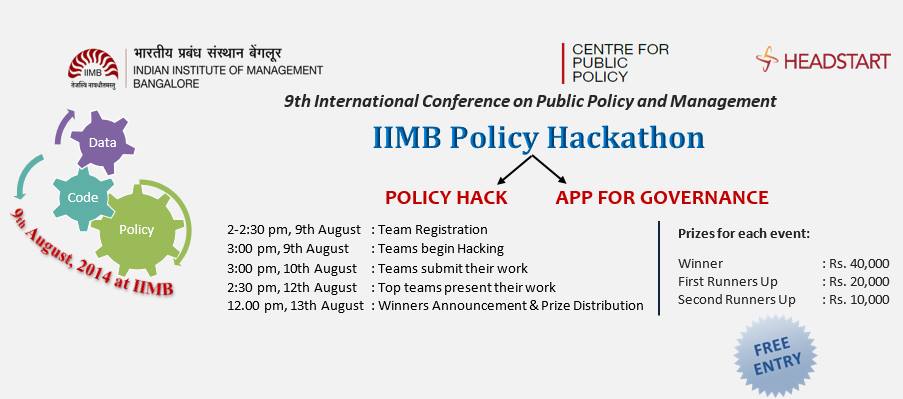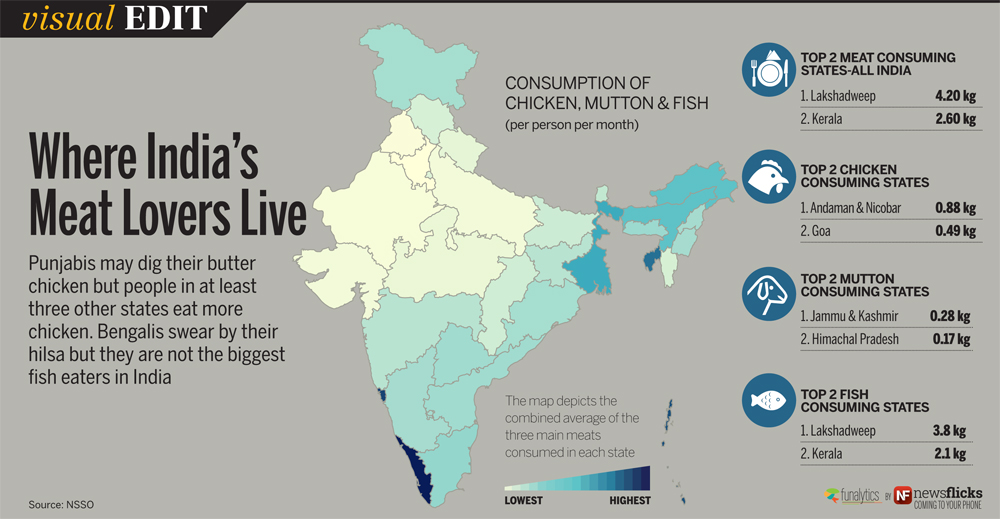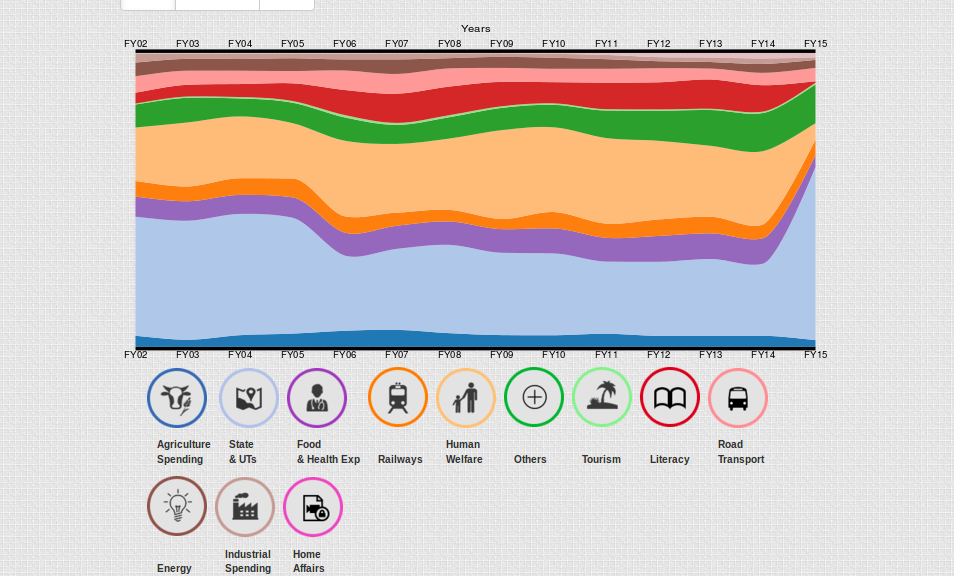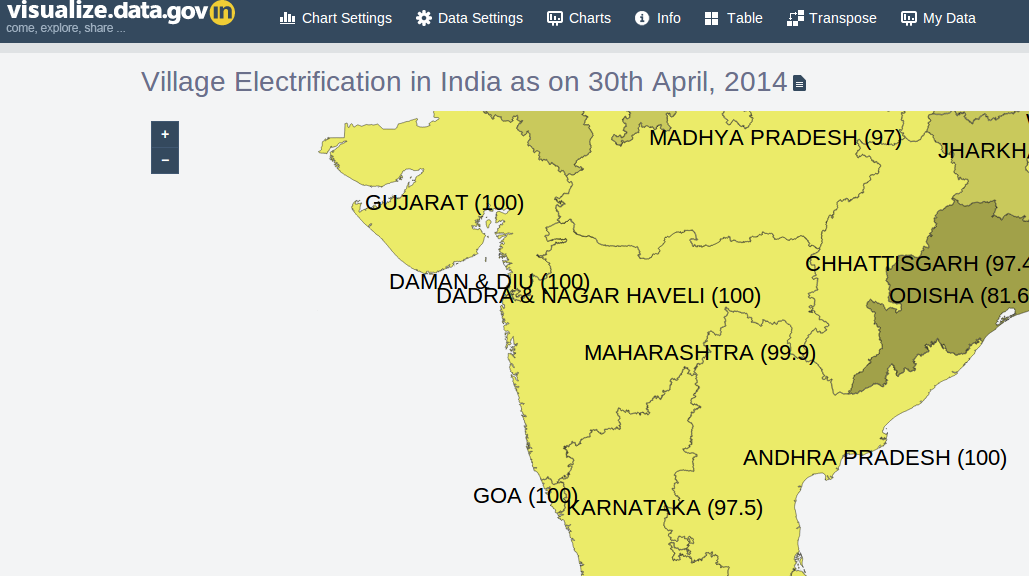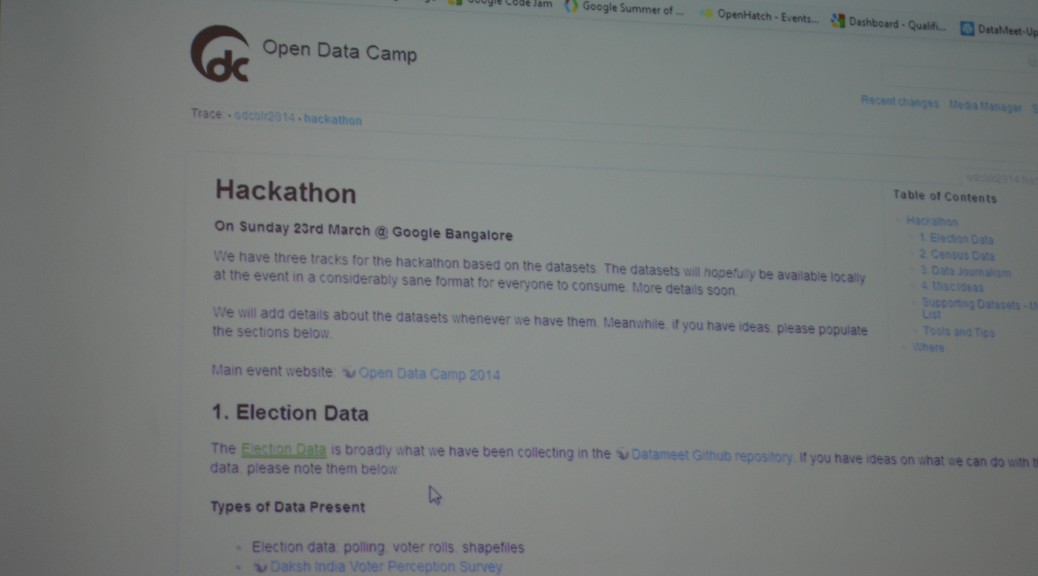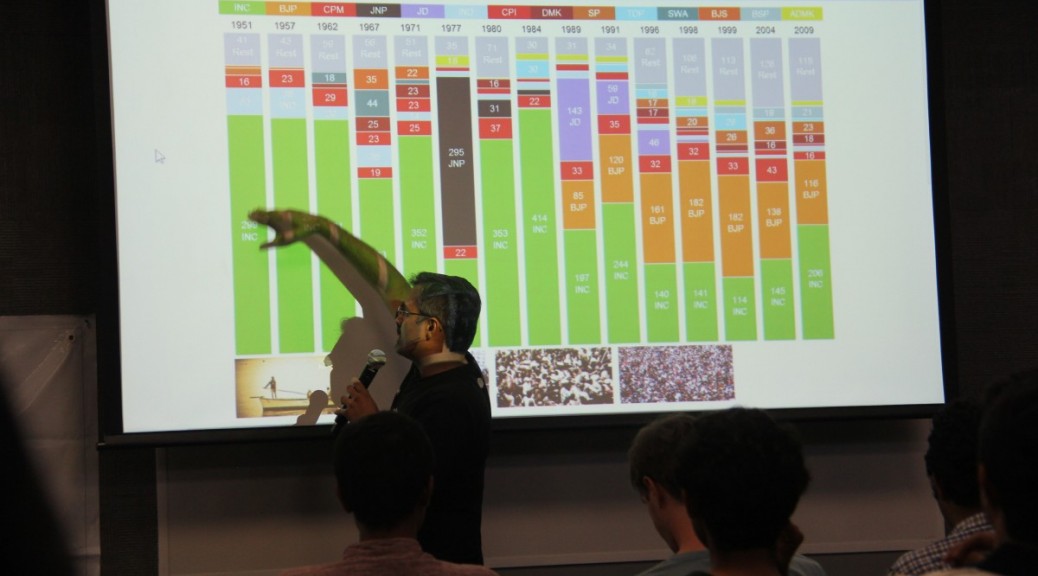Looks like a great event for thos who are interested in Open Data and civic hacking.
Thej
—
Indian Institute of Management, Bangalore invites you to the third edition of the IIMB Policy Hackathon on the 9th and 10th of August, 2014. IIMB Policy Hackathon seeks to use analysis and coding skills amongst the larger public to generate ideas and tools for better governance and to develop more relevant public policy. It provides an exciting opportunity to contribute to innovative solutions to public policy challenges and even win a prize for it.
We have two parallel hacking events this year:
The Policy Hack is a team event focused on developing data based policy responses to a policy issue. Participants are given access to a nationally representative dataset (e.g. Census of India, National Sample Survey Data, District Level Health Surveys, etc.) and have 24 hours to identify a policy challenge and develop a data-based solution to it. Participants are required to analyze, code, and offer data based solutions to policy challenges in a 5 page document.
The App for Governance is also a team event where we look at developing technology tools (web portals, mobile apps, and in general, software solutions) that seeks to leverage information from ordinary users that is crowd-sources to strengthen governance and public service delivery. Participants will be given a problem statement that poses a significant governance challenge at the start of the App Hack and will be expected to develop, in 24 hours, a technology-based solution to address it.
Timeline:
2-2:30 pm, 9th August 2014 : Team Registration
3:00 pm, 9th August 2014 : Teams begin Hacking
3:00 pm, 10th August 2014 : Teams submit their work
2:30 pm, 12th August 2014 : Top teams present their work
12.00 pm, 13th August 2014 : Winners Announcement & Prize Distribution
Registration:
Participants may register in teams of 3-4, or register as a solo participant and join a team at the venue on 9th August. There is also the option to pre-register by writing to cppconference@iimb.ernet.in. There is no fee for registration.
Prizes for each event:
Winner: Rs. 40,000
First Runners Up: Rs. 20,000
Second Runners Up: Rs. 10,000
Shortlisted teams will be invited to present at the conference.
The event starts on 9th afternoon at 2:00 pm and ends on 10th August 2014. Please spread the word in your networks and join us on Facebook.[1] If you are interested in participating, please pre-register via email with the following details:
Team Name:
# of Team Members:
Contact Name:
Contact #:
For more information, please write to cppconference@iimb.ernet.in. Looking forward to your participation in the event.
CPP Hackathon Organizing Team
Sridhar Pabbisetty (Namma Bengaluru Foundation)
Arnab Mukherji (IIM Bangalore)
Grant Miller (Stanford University)
CPP Conference | Find Us on Facebook
